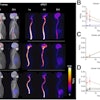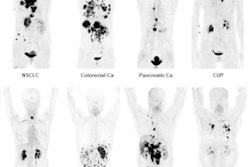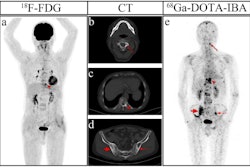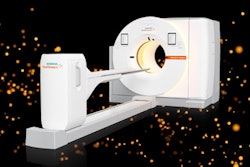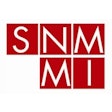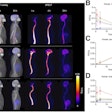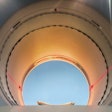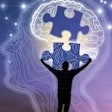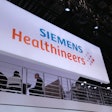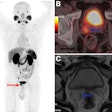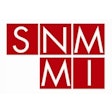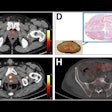PORTLAND, OR -- Theranostics faces a big data challenge, and informatics will play a key role in shaping the future of the field, according to a May 22 presentation at the Society for Imaging Informatics in Medicine (SIIM) annual meeting.
In a session introducing the concept of “theranostics informatics,” experts Tyler Bradshaw, PhD, of the University of Wisconsin-Madison, and Eliot Siegel, MD, of the University of Maryland, discussed challenges in data and terminology standardization, along with efforts to address them.
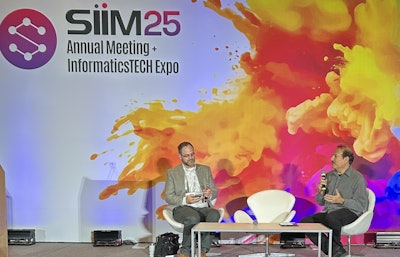 Tyler Bradshaw, PhD, and Eliot Siegel, MD, introduced the concept of "theranostics informatics" May 22 at SIIM.
Tyler Bradshaw, PhD, and Eliot Siegel, MD, introduced the concept of "theranostics informatics" May 22 at SIIM.
“[Theranostics] really is a growing field, and so if you're not dealing with radiopharmaceutical therapy at this point, you might be in the future. It's definitely coming,” Bradshaw said.
Theranostics is a portmanteau of "therapy" and diagnostics" and refers to the dual approach of using the same molecular ligands to both image and treat cancer.
Over the past 10 years, the field has boomed, with the approvals in the U.S. of radium-223 dichloride (Ra-223, Xofigo) in 2013, lutetium-177 DOTATATE (Lutathera, Novartis) in 2018, and lutetium-177 PSMA-617 (Pluvicto, Novartis) in 2022 leading the way, he explained.
In the next decade, an estimated 60% of nuclear medicine procedures will involve theranostics, with growth in PET imaging outpacing other imaging modalities in radiology (10% annually). Further, there are more than 300 ongoing clinical trials involving radiopharmaceutical therapy, Bradshaw noted.
“Think about all the imaging that's done with these patients,” he said.
Namely, individuals receiving theranostic treatments not only receive therapeutic drugs but also radiotracer injections and undergo multiple PET scans and dosimetry imaging, which involves multi-timepoint SPECT scans. Add typical labs for oncology, and all of this adds up, Bradshaw said.
“You can imagine the list of data that you have on each patient is growing rapidly,” he said.
Thus, according to Siegel, what’s needed is an informatics system that tracks the idiosyncrasies of the many diagnostic and therapeutic radiopharmaceuticals used in theranostics.
“Just as we're starting to tackle things like SUV values [standard uptake values] and trying to harmonize and standardize that from one system to another for diagnostic purposes, now we have this huge new challenge with theranostics where we now need to keep track in some way of the treatments that we're giving to patients and to try and quantify the responses to those treatments,” Siegel said.
So far, an important first step has been the introduction last year of a dedicated nuclear medicine ontology called NucLex. The ontology is meant to overcome inconsistencies in terminology in nuclear medicine that make it difficult to pool datasets and can hinder efforts to reproduce or build upon research studies.
NucLex is an extension of the radiology ontology RadLex and was initiated by the Society of Nuclear Medicine and Molecular Imaging’s AI Task Force.
Also, initial efforts are underway toward appropriate DICOM usage for nuclear medicine theranostics imaging and dosimetry data, and standardization of other metadata, such as radioactivity meter calibrations, PET and SPECT calibration, and imaging and dosimetry workflows, Siegel noted.
Yet the work really has just begun, he said.
“This whole idea of informatics in a national nuclear medicine diagnostic practice in and of itself is a challenge,” Siegel said.




